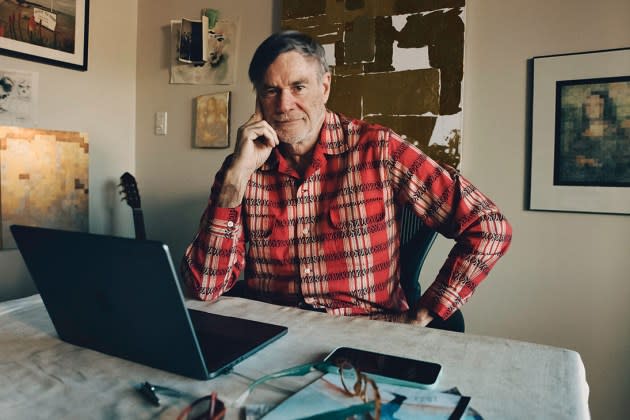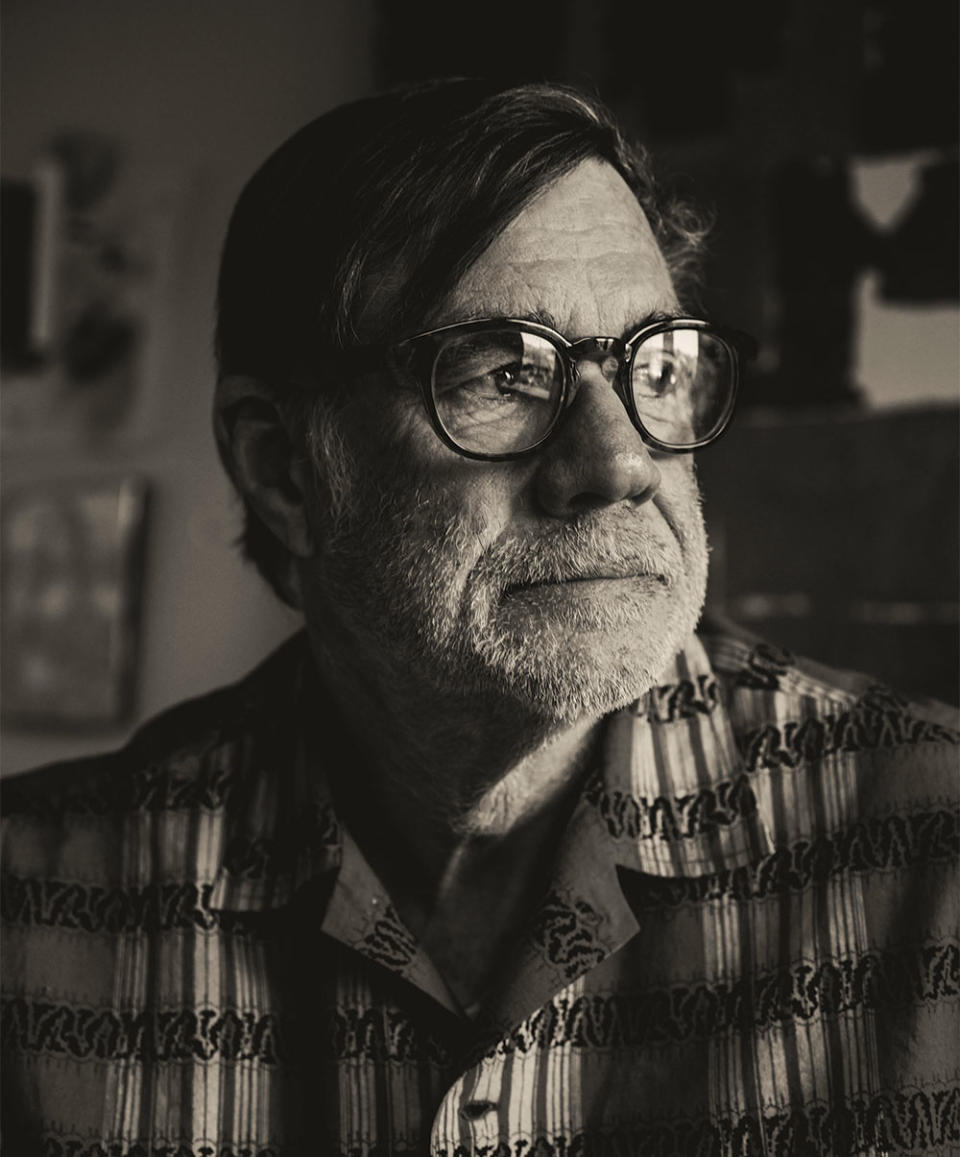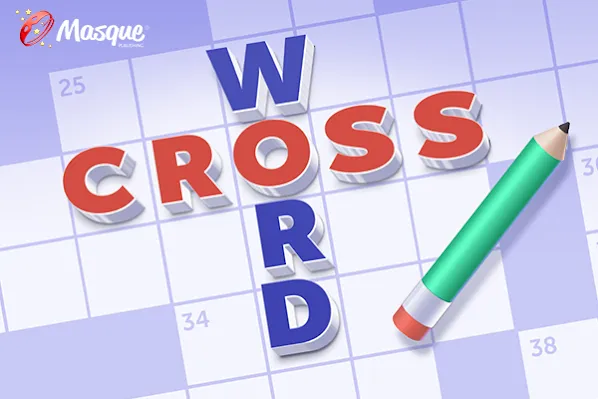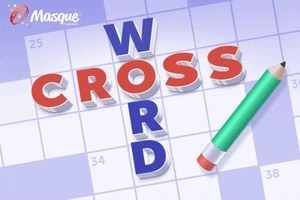How Gus Van Sant Earned His Rep as “The Mellowest Man in Hollywood”

Gus Van Sant has taken on a few superlatives over the course of his 40-year career: indie provocateur, Palme d’Or-winning filmmaker and, per the late Robin Williams, “mellowest man in Hollywood.”
A label that long eluded the 71-year-old director, despite his line of work, was Angeleno. Van Sant built one of the more eclectic résumés in modern cinema while living in Oregon, his chosen home until just a few years ago. “There were a lot of water issues near the end — tsunami years at the beach house, flooding on the river in Portland,” he says, now safely 700-plus feet above sea level in the unassuming Hollywood Hills mid-century home that he now calls his primary residence. “Finally, I just sold it all and kind of never went back.”
More from The Hollywood Reporter
Van Sant’s artistic choices, not unlike his decades as a Hollywood outsider, defy most traditional paths. After gaining attention from studios and A-listers by writing and directing low-budget darlings (Drugstore Cowboy, My Own Private Idaho), he became a celebrated director-for-hire — helming Nicole Kidman’s career-solidifying vehicle, To Die For, and the 1997 hit Good Will Hunting, the latter earning him his first Oscar nomination for directing (the second was for Milk) — only to then troll critics with a shot-for-shot remake of Alfred Hitchcock’s Psycho and a trio of unscripted features. So, while it may surprise some to hear that Van Sant’s latest gig is house director and executive producer on a Ryan Murphy miniseries, it probably shouldn’t.
Capote vs. The Swans, out Jan. 31 on FX and Hulu, is the second iteration of Murphy’s Feud franchise. A rare TV foray for Van Sant — who has spent his six-year break from film mostly working on his other main pursuit, painting — it chronicles, with plenty of liberties, how one short story derailed writer Truman Capote’s cozy relationship with the female power brokers of 1970s Manhattan society. “There wasn’t much when I signed on,” says Van Sant, reclining on a living room couch covered with old Pendleton blankets, an homage to Oregon that doubles as a fur guard for Burroughs and Leo, the two Australian shepherds with whom he shares his home. “Then there were scripts and Naomi Watts was on board and Ryan was casting all these people. It’s a fun way to work.”
I’ve read that the writing part of filmmaking, at least of late, is your favorite part of the job. What does it take to get you to say yes to a straight directing gig?
For me, writing and directing are the most exciting. You control everything. You decide what happens. But I have done a lot of other people’s written material, and those jobs tend to be the more successful ones. (Laughs.)
So, why this?
I was at a dinner with [Feud showrunner] Jon Robin Baitz. He was discussing the things that he was working on, and one of them was with Ryan Murphy. Watching Ryan’s work, I had always thought that they had their own stable of directors that they only ever used. And then I thought, “I wonder if they would ever let somebody outside direct for them?” When Jon told me it was about Capote and the Swans — a period of history I know, and I remember reading that article that had gotten him in trouble — my question turned into me wondering if he’d let me direct. I wanted to do all eight, and they decided I should direct six instead.
Why not do all eight?
People tend to avoid doing that many episodes, and now I realize why. You overexert yourself. And we were kept to a schedule that was really difficult. So, six was fatiguing.
You and Ryan have very different styles. How would you describe the collaboration — did you have carte blanche to create the aesthetic?
I thought that Ryan would be on the set, but he wasn’t — and there was no agreement about that. He said, “I’ll just take care of the flowers.” He had a [producer] from his camp that’s keeping all his lists of thoughts and requests about the scenes, but he only came on set for one day.
During promotions for Good Will Hunting, Robin Williams referred to you as “the mellowest man in Hollywood.” How does a director cultivate a reputation like that?
I don’t think I’m mellow. I’m just thinking, silently working and figuring out what’s going on in a scene. I think when Ryan visited Feud, he wondered why it was so quiet. Sets are known to be loud — but if they’re operating properly, they’re quiet so that the actors can do what they’re doing. I’m not one to offer explanations that aren’t being asked for. I trust actors’ instincts.
What were Robin’s instincts?
Robin had a lot of ideas. His only problem was he wanted to do a lot of takes — a slow one, a fast one, a funny one, a funny fast one, a funny slow one. … He knew that in the editing, they need that kind of stuff. But if I get a good take, I try to stop. He’d get me up to seven or eight just by begging, “Please, please? One more? One more?”
If a normal Gus Van Sant set is quiet, what set of yours was the loudest?
That one. Robin was just cracking jokes. David Cronenberg came to set one day and remarked, “My, it’s really noisy in here.” So, I’ll let it get loud. It’s just that I’m not the one that’s generating the noise.
You were one of the many directors to throw their hat in the ring for the Fifty Shades of Grey feature adaptation and you submitted something you filmed. What did that entail?
It was one of the sex scenes. I thought it was a way to get the author [E.L. James] to see my enthusiasm. It’s hard, in the ramp-up, to get people to understand where you’re going if you actually make the movie. Some people make sizzle reels. That might’ve been more the way to go. But Alex Pettyfer really wanted to do it, so I thought, “We can just do a scene.” And we did. And we showed them.
Who was his scene partner?
I forget her name. Ugh! She’d been in Nip/Tuck, I think. She had done some good work.
Are there jobs or projects that you didn’t get that you still think about?
No, but there are the projects that many different directors have tried to adapt. Those types, they’re alluring, just because it seems like they haven’t been done. [Patrick Süskind’s] Perfume is an elusive piece. The Master and Margarita, [Mikhail Bulgakov’s] Russian novel, hasn’t been done — but [Baz Luhrmann’s] been trying.

What are some of the weirder offers that you’ve had?
After Drugstore Cowboy, which was my first really visible film, I started getting these offers from studios because the movie included Matt Dillon in a role that he hadn’t done before. They were trying to make G.I. Joe in, like, 1990. At the time, it was a quote-unquote action movie, so the directors would get paid 10 times as much. They had a script, and they wanted me to direct. But it wasn’t that they desired me so much as they wanted me to lure actors like Matt into these movies. They needed big actors, but the actors didn’t want to be in kooky action movies. They’re still kooky, but they’ll do them now because there are no other choices.
You unpacked the backstory of your shot-for-shot remake of Psycho on a podcast a few years back. It sounds like you were almost calling the studio’s bluff when you asked to make that. Is that really what happened?
This was during a period where they were remaking The Flintstones and The Addams Family — all these things. Like, Paramount wanted to do Seconds, the Rock Hudson movie, but put Brad Pitt in it. During those years, Universal would open the library to me, and I’d say, “If you’re going to have the story be the same, only with a modern cast, just reproduce the movie like a Xerox. Maybe that’ll make money.” They thought that was the wackiest idea they’d ever heard. But when Good Will Hunting was nominated for Oscars, they started setting up all of the new deals. You know, so they can lean over to the other executives and say they have your next picture. I told my agent, “Tell them to remake Psycho. Don’t change anything. Copy the movie and make it in color, a new cast. They’ll know what I’m talking about.” The message came back, “We think that’s a brilliant idea.”
When did it become serious to you?
When they said yes. (Laughs.) Then I had to decide whether I actually wanted to go through with it. But it was a valid curiosity that I had, so I did it. The critics killed me.
Has there been a critique or a review over the years that you’ve disagreed with most?
Like with Titanic, when [James] Cameron wanted the journalist to rewrite his review? Nothing like that. Sometimes it’s unfortunate. On Finding Forrester, it seemed like the critic at The New York Times, Stephen Holden, was having just a bad week. He was like, “This is 100 percent bullshit.” That’s what he said! [Holden referred to the film as “100 percent bogus.”] The movie didn’t do as well as it could have. It did well, but it just didn’t get respect because, I think, that review set a tone.
Do you think you’ve ever been in movie jail?
Not jail, but I’m a wild card because things that I’ve made are just kind of all over the place. It’s not like David Fincher movies, where it’s always this certain standard of quality. Real movie jail is losing so much money that you don’t get any money for your next film. Now they have computers, and the computers have a number for you. I have my ups and downs, but most of my movies don’t cost that much money. I always feel like I am kind of on probation.
You released Elephant in 2003, a few years before one of your collaborators, JT LeRoy, was revealed to be a hoax — Laura Albert writing as a gay man and sending her friend out into the world in drag to pretend to be “JT.” Did you have any idea at the time?
No. I just believed them. We had optioned JT’s first book [Sarah] for like $1,000 and were developing a script. A year later, they’d traded up — friends with Madonna, Bono and Lou Reed, all these people. He was busy … or, rather, she was busy. I was legitimately surprised when the whole thing was unmasked. JT had lived with Carrie Fisher for a week, and Carrie called me when it all came out. We were like, “It couldn’t be Laura writing that stuff — we knew her as ‘Speedy’ — no, she’s an idiot!”
There’s a lot of dialogue now about who can play what. Do you think that Sean Penn could portray Harvey Milk if you were to make Milk today?
That would be different, wouldn’t it? I really don’t know. There had been a number of straight actors — like Tom Hanks in Philadelphia — to win the Oscar for playing gay. But we were right on the cusp of having it be … not a good thing.
You’ve worked with a lot of talent over the years, right as they were about to become household names. Who was somebody who you could tell was going to make it big?
When I first met Matt Damon, it wasn’t for Good Will Hunting, it was for To Die For. He tried out for Jimmy [a part that ultimately went to Joaquin Phoenix], who was supposed to be 16. Matt was maybe 24 and really trying to get the role, but he was too all-American — too well-adjusted to believe Nicole’s character could seduce him as a way to kill her husband. But after his first read, [the late producer] Laura Ziskin turned to me after he was gone and said, “That’s a movie star.” I was like, “Really?” (Laughs.) I can’t call things like that.
This story first appeared in the Jan. 26 issue of The Hollywood Reporter magazine. Click here to subscribe.
Best of The Hollywood Reporter
Solve the daily Crossword

